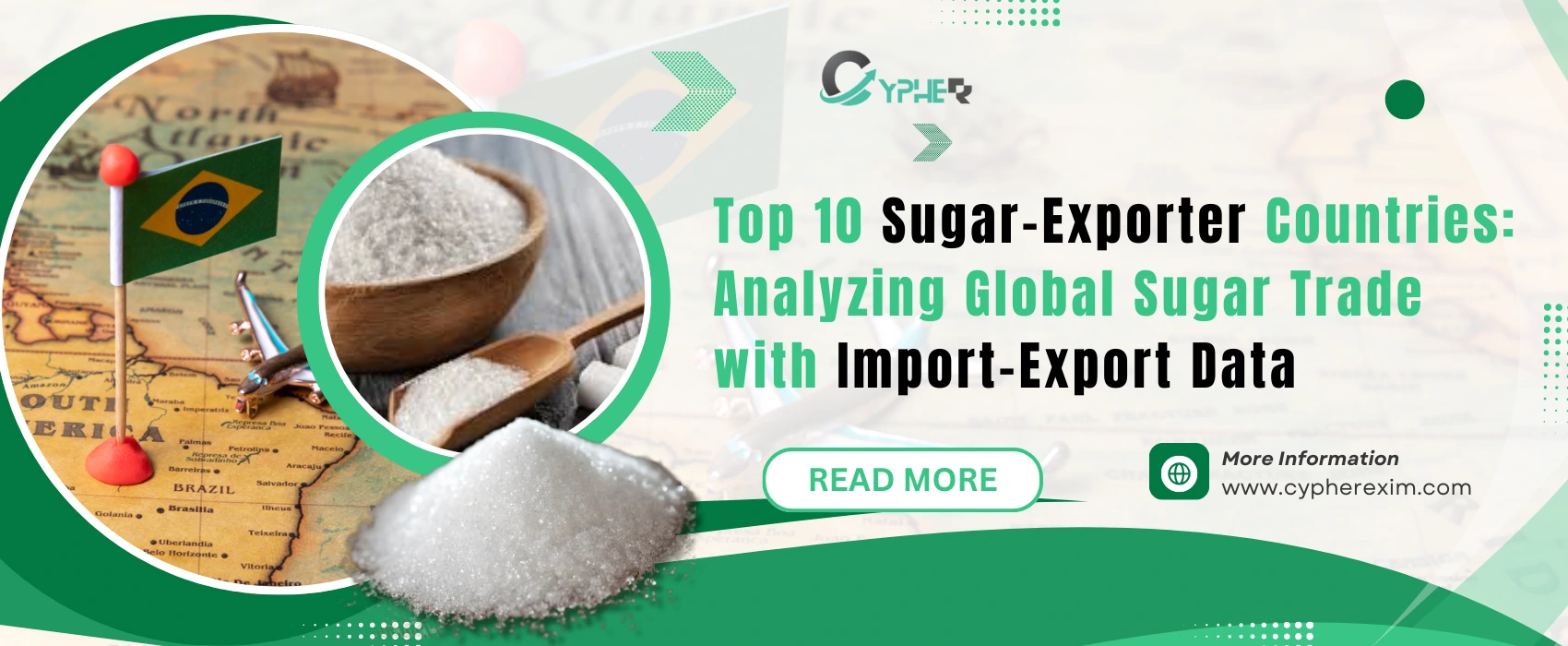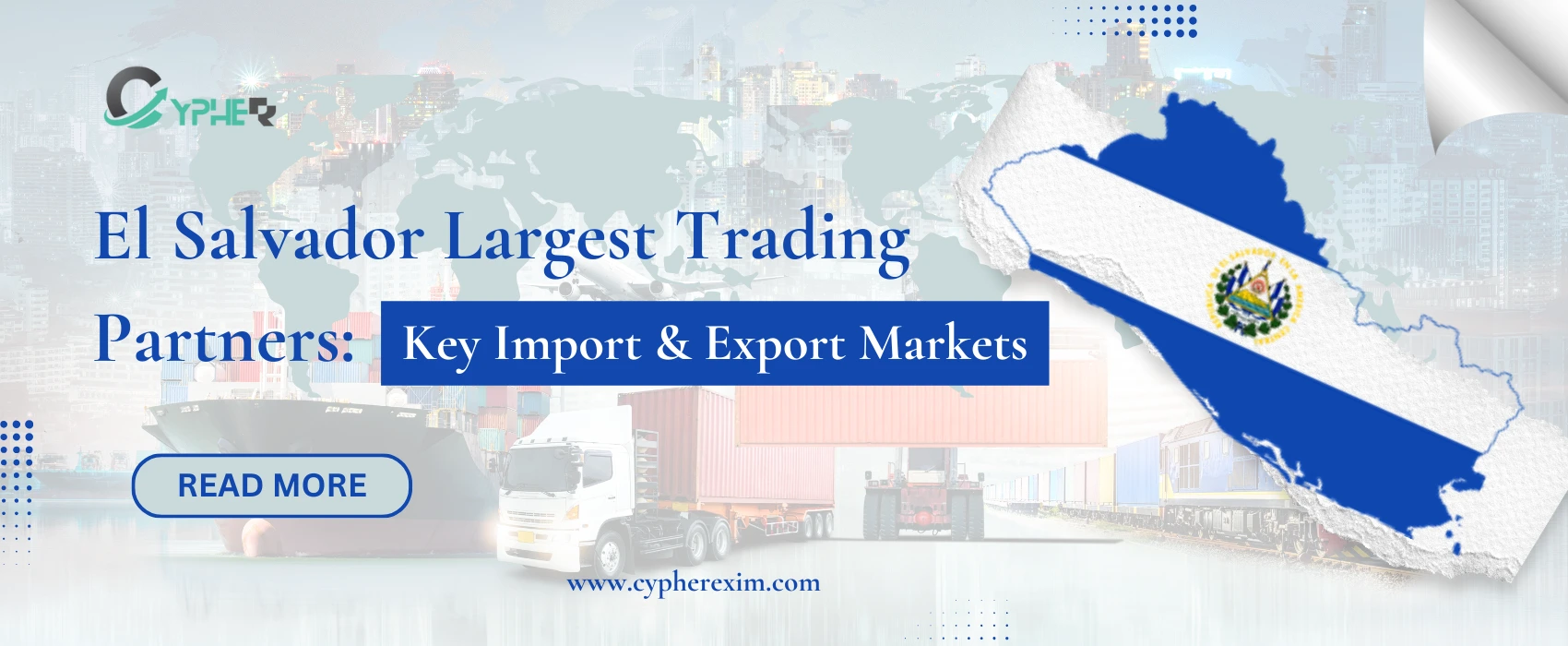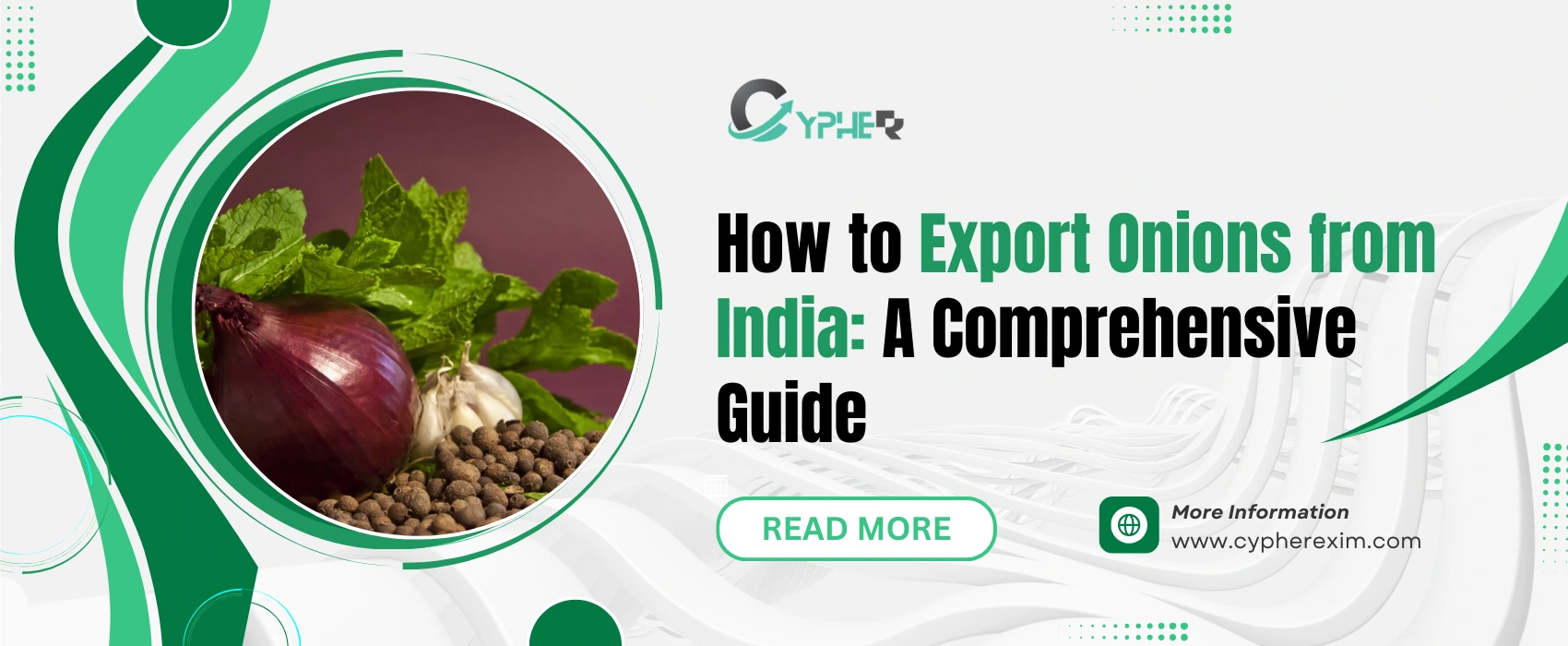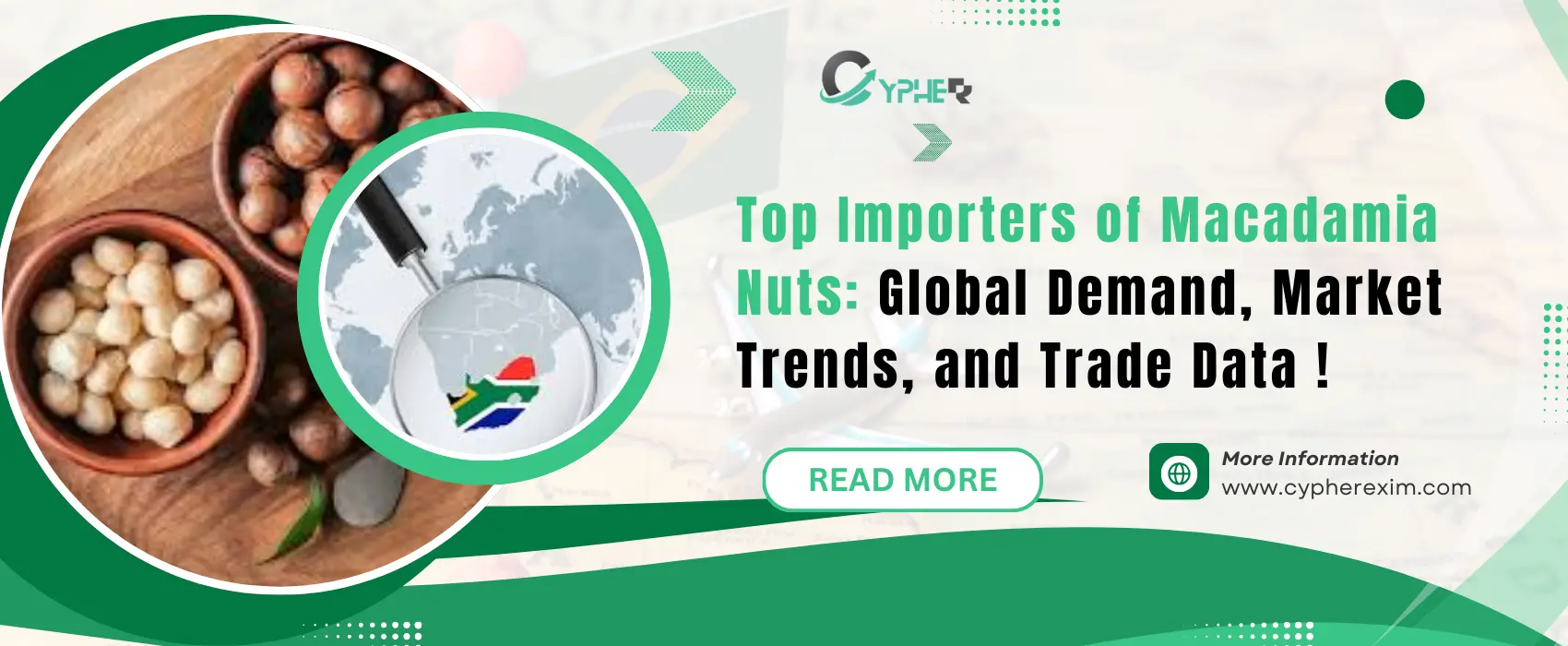What Are the Major Global Trade Blocs Driving the Economy in 2024–25?
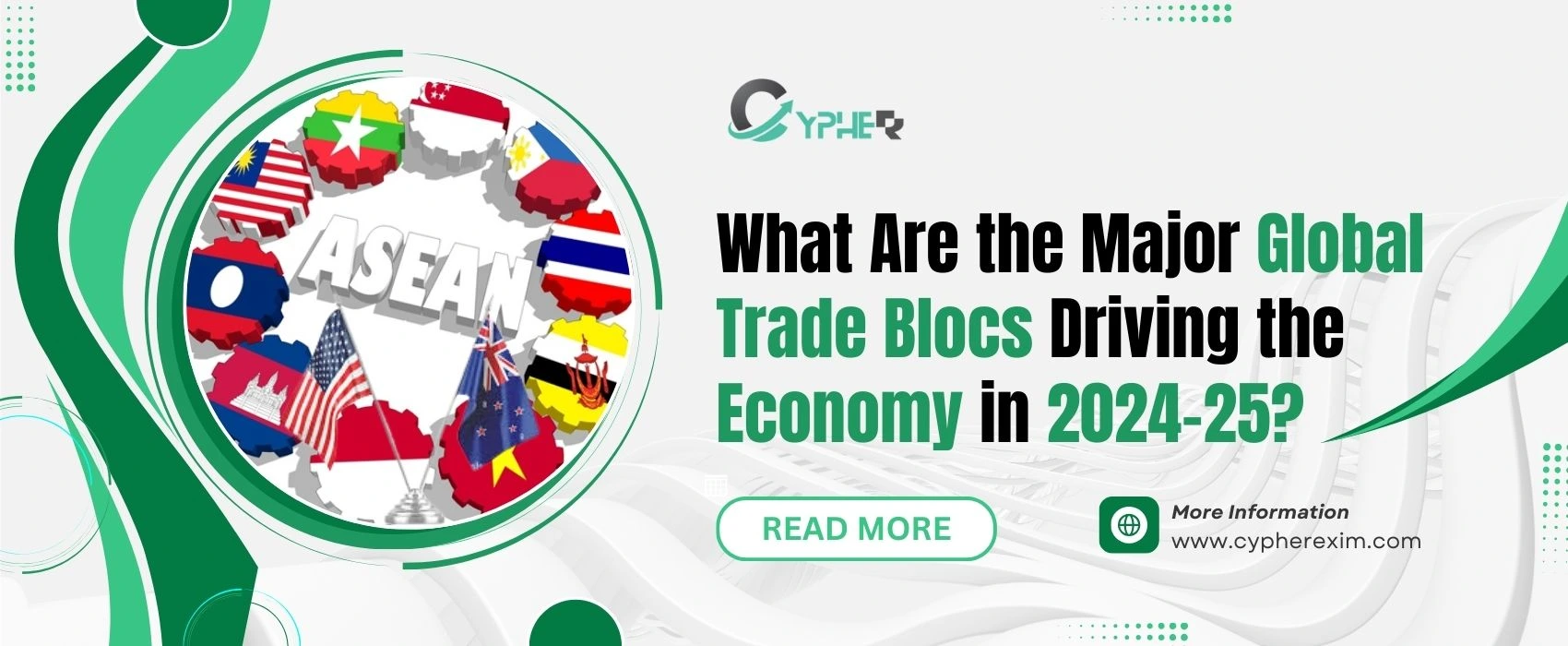
11 Apr 2025
As with any aspect of trade and commerce, trade blocs (or economic blocks as they are called) are important for global trade. These are regional pacts among nations aimed at promoting economic cooperation and permitting the unrestricted movement of commodities, services, and capital across countries. Throughout the course of this article, we will investigate the leading trade blocks around the globe and both their important advantages and obstructions as well as how exactly they affect the economy globally.
Understanding Trade Blocs
A trade bloc is defined as a grouping of countries that come together into an alliance for the purpose of promoting trade between them, while at the same time, minimizing trade activities outside the bloc. These groupings are based on a preferential trading arrangement which gives member countries lower tariff rates, greater trade limits, and simpler rules of trade compared to non-members. Trade blocs promote the integration of economies at a regional level, strengthening partnership and the establishment of a single market by removing barriers for economic activities between countries. They strive to increase the investment and overall growth of the region and the countries within by boosting intraregional commerce and cutting back on trade restrictions, including tariffs and import quotas.
Types of Trading Blocs Explained: What Are the Different Forms of Economic Alliances?
For different groups of countries, trading blocs can provide varying degrees of services and economic integration. The most common forms of trading blocs are:
Preferential Trade Areas (PTAs)
The most primitive form of trading blocs is the Preferential Trade Area (PTA). These types of agreements do not contain strict rules and involve some reduction — but not complete removal — of trade restrictions like tariffs and quotas on certain goods. For instance, Chile and India have a PTA which reduces trade barriers on more than 1,800 products, facilitating the exchange of trade between the two countries.
Free Trade Areas (FTAs)
A Free Trade Area (FTA) is an agreement which permits free trade (i.e., no tariffs or quotas) among member countries. The countries involved can freely establish their trade policies with non-member countries of the agreement. A significant example of FTA is the United States-Mexico-Canada Agreement (USMCA). In this scenario, member countries trade freely with one another and also have trade relations with non-member countries.
Economic Unions
Economical integration fosters the establishment of new markets which encourage local and foreign investments to flourish in areas facilitated by an economic union. Beyond removing internal trade barriers and an external tariff, member states of an economic union coordinate their level of economic approaches like central banking and tax policies.Sometimes, setting up interrelated systems and rules for governance over the market of the union provides additional benefit to the bloc for better coordination equilibrium of smaller market areas. A case in point explains is The European Union (EU], which operates as a unit economic union tailored for predefined outcomes and has common institutions. Some EU members have even adopted a common currency, the euro, which integrates facilitating conditions economically. The focus of an economic union is to maintain efficient economy cooperation, reasonable stability, and limit growth of member states.
Common markets
Unlike customs markets, Common Markets permit free movement of not only goods and services, but also labor and capital among member countries. A common market has additional requirements beyond the elimination of internal trade barriers and the adoption of a common external tariff. Esentially, member countries must align some of their policies to deepen integration.
A salient instance is the European Single Market within the European Union which allows free movement for its citizens across the member states to live, work, invest and do business. Having this degree of integration fosters economic progress, competition, and cooperation.
Monetary Unions
A Monetary Union defines a trade bloc in which the member countries embrace a unified currency and a common monetary policy which is operated by a central body like a regional central bank. This type of union goes further than an economic union by providing more stability on the exchange rates and reducing the cost of converting currencies thereby enhancing the level of financial integration. The Eurozone is a prime example where 20 European Union Countries (currently) has adopted the euro (€], with the Eurozone central bank (the ECB) controlling monetary policy. While this enhances the economic cohesion and makes trade simpler and more efficient for businesses, it constrains member states to require coordination and economic synergies.
Top Global Trade Blocs Ranked by Economic Impact
Explore the top 10 global trading blocs that shaped international trade in 2024–25:
- APEC (exports: $12.47 trillion, imports: $12.55 trillion)
- EU (exports: $7.49 trillion, imports: $8.11 trillion)
- BRICS (exports: $5 trillion, imports: $4 trillion)
- NAFTA (exports: $3.23 trillion, imports: $4.55 trillion)
- ASEAN (exports: $1.95 trillion, imports: $1.88 trillion)
- GCC (exports: $1.1 trillion, imports: $691 billion)
- SAARC (exports: $567 billion, imports: $935 billion)
- MERCOSUR (exports: $448 billion, imports: $388 billion)
- COMESA (exports: $182 billion, imports: $257 billion)
- SACU (exports: $141 billion, imports: $131 billion)
The Top 10 Global Trade Blocs In 2024-25
| Rank | Trade Bloc | Key Member Countries | Combined GDP (Approx.) | Total Population (Approx.) | Remarks |
|---|---|---|---|---|---|
| 1 | European Union (EU) | Germany, France, Italy, Spain, Netherlands, etc. | $17+ trillion | 450+ million | Highly integrated, single market, customs union.. |
| 2 | USMCA (USA-Mexico-Canada) | United States, Mexico, Canada | $25+ trillion | 500+ million | Successor to NAFTA, key North American trade alliance. |
| 3 | RCEP | China, Japan, South Korea, ASEAN countries, Australia, New Zealand | $28+ trillion | 2.3+ billion | World’s largest trade bloc by population and GDP, led by Asia-Pacific. |
| 4 | ASEAN | Indonesia, Malaysia, Thailand, Vietnam, Philippines, etc. | $3.6+ trillion | 670+ million | Rapidly growing economies, strategic Pacific hub. |
| 5 | Mercosur | Brazil, Argentina, Uruguay, Paraguay | $2.5+ trillion | 300+ million | South America's largest trade bloc. |
| 6 | African Continental FTA (AfCFTA) | All 55 African Union nations | $3.4+ trillion (projected) | 1.4+ billion | Huge potential, early stages of full implementation. |
| 7 | GCC (Gulf Cooperation Council) | Saudi Arabia, UAE, Qatar, Kuwait, Bahrain, Oman | $2.1+ trillion | 60+ million | Energy-rich, increasing trade and investment cooperation. |
| 8 | CPTPP | Japan, Canada, Australia, Vietnam, Malaysia, Mexico, etc. | $13+ trillion | 500+ million | High-standard trade pact across Pacific Rim economies. |
| 9 | EAEU | Russia, Kazakhstan, Belarus, Armenia, Kyrgyzstan | $2.0+ trillion | 180+ million | Eurasian regional bloc with increasing coordination. |
| 10 | South Asian Free Trade Area (SAFTA) | India, Pakistan, Bangladesh, Sri Lanka, Nepal, Bhutan, Maldives | $4.5+ trillion | 1.9+ billion | High population, but limited integration due to political tensions. |
Asia- Pacific Economic Cooperation (APEC)
Starting in 2025, the Asia-Pacific Economic Cooperation (APEC) is a foremost regional forum of 21 Pacific Rim economies which focuses on encouraging the free trade of economic activities within the Asia-Pacific region. The APEC members cumulatively contribute more than 60% of global GDP, and account for almost half of world trade. In 2023, APEC economies reported $10.9 trillion in exports and $10.4 trillion in imports, with China and the United States being the biggest traders within the bloc. In APEC's agenda, the priorities continue to be the fostering of sustainable development, digital innovation, and inclusive growth as well as dealing with trade restrictions, demographic shifts, and geopolitical uncertainties.
European Union (EU)
With 27 member countries, the European Union (EU) remains the biggest and most integrated trading bloc in the world. The EU enables the free movement of goods, services, capital, and people within its external borders, creating a single market that has more than 446 million consumers. Founded in 1951, the EU became an economic powerhouse with a common trade policy and the Euro, a single currency that many of its member states use to facilitate trade within the region. It has the Euro which makes intra-regional trade easier. In 2022 the EU’s imports reached $8.11 Trillion and exports were $7.49 Trillion. This further strengthens their position as a international trade power.
BRICS
As of April 2025, the EU remains the world’s largest trading bloc and now comprises 27 member countries. It enables the free movement of goods, services, capital and people within its single market that has over 446 million customers. Founded in 1951, the EU incorporates completive integrated economics such as adopting the Euro as a common currency for a also of its members to minimize trade among themselves. In 2024, the EU’s trade in goods witnessed some increment which remained below expectations. Exports increased by 1.1% and imports decreased by 3.4% in comparison to the previous year. Interestingly, the US continued as the EU’s greatest economic partner with total trade in goods reaching €865 billion, which was 17 per cent of the total EU trade. The EU exported goods worth €531.6 billion to the US and imported goods valued at €333.4 billion resulting in a trade surplus of €198.2 billion. The EU is reported to have a trade deficit of €5.4 billion as of January 2025. This deviation highlights the fluidity of the global trade system and the issues that the EU faces in keeping the balance of trade in a malleable economic situation.
North American Free Trade Agreement (NAFTA)
As of 2025, the North American Free Trade Agreement (NAFTA) has been officially replaced by the United States-Mexico-Canada Agreement (USMCA], a modernized trade pact designed to strengthen economic ties among the United States, Canada, and Mexico. The agreement aims to eliminate trade barriers, enhance labor and environmental standards, and promote fair trade practices across various sectors including manufacturing, agriculture, and digital commerce. In 2023, total trade in goods among USMCA countries remained strong. The United States continued to be the dominant trading partner within the bloc, accounting for the majority of both imports and exports. According to the Office of the United States Trade Representative, U.S. trade with Canada and Mexico reached nearly $1.6 trillion in 2023. While updated aggregate figures for 2024 are still being finalized, trade flows within the region remain robust, reflecting the bloc’s continued role as a cornerstone of North American economic cooperation.
Association of Southeast Asian Nations (ASEAN)
As of 2025, the Association of Southeast Asian Nations (ASEAN) continues to play a crucial role in promoting regional economic integration and cooperation among its 10 member countries: Brunei, Cambodia, Indonesia, Laos, Malaysia, Myanmar, the Philippines, Singapore, Thailand, and Vietnam. Established on August 8, 1967, in Bangkok, Thailand, ASEAN was formed to accelerate economic growth, enhance social progress, and maintain peace and stability in the region.ASEAN’s primary goal is to create a unified regional market, boosting trade, investment, and connectivity among member states. The bloc has significantly contributed to the region’s rise as a dynamic economic hub, with Singapore emerging as the largest trading partner within ASEAN. In 2022, ASEAN recorded $1.95 trillion in exports and $1.88 trillion in imports, underscoring its growing importance in global trade. With a combined population of over 670 million and a rapidly expanding digital economy, ASEAN remains one of the most vibrant and promising regional blocs in the world.
Gulf Cooperation Council (GCC)
As of 2025, the Gulf Cooperation Council (GCC) remains a vital economic alliance comprising six Arab nations: Bahrain, Kuwait, Oman, Qatar, Saudi Arabia, and the United Arab Emirates. Established to promote economic, political, and security cooperation in the Persian Gulf region, the GCC plays a central role in facilitating the free movement of goods, services, capital, and labor among its member states.Often referred to as the \"economic powerhouse of the Middle East,\" the GCC has experienced steady growth in global trade, driven largely by its vast energy resources and increasing diversification efforts. In 2022, the GCC recorded $1.1 trillion in exports and $691 billion in imports, reflecting a strong trade surplus and the region's growing influence in international commerce. With ongoing investments in infrastructure, energy, and innovation, the GCC continues to strengthen its position as a key player in global trade and regional economic integration.
(South Asian Association for Regional Cooperation) SAARC
As of 2025, the South Asian Association for Regional Cooperation (SAARC) continues to serve as a key platform for economic and regional collaboration among eight South Asian countries: Afghanistan, Bangladesh, Bhutan, India, Maldives, Nepal, Pakistan, and Sri Lanka. Founded on December 8, 1985, SAARC was created to promote economic growth, social progress, and political stability through collective efforts and regional integration. Over the years, SAARC has aimed to strengthen trade ties and cooperation among member states, despite facing challenges related to political dynamics and infrastructure limitations. In 2022, SAARC recorded $567 billion in exports and $935 billion in imports, highlighting its growing engagement in global trade. India stands out as the largest trading partner within the bloc, playing a central role in shaping SAARC’s trade flows and economic policies. While progress on a full free trade area remains gradual, SAARC continues to support initiatives that foster greater connectivity and economic development in the South Asian region.
Mercosur (Southern Common Market)
As of 2025, the Southern Common Market, widely known as MERCOSUR, remains one of the most influential and rapidly growing trade blocs in South America. Officially established on March 26, 1991, MERCOSUR is a customs union consisting of Brazil, Argentina, Paraguay, and Uruguay as full members, with Venezuela’s membership currently suspended. Several other South American nations, including Bolivia, Chile, Colombia, Ecuador, and Peru, are associate members, contributing to broader regional cooperation. The bloc’s core mission is to accelerate sustainable economic growth, strengthen political and economic relations, and promote free trade and investment across member states. MERCOSUR also fosters cultural and linguistic ties, with Portuguese and Spanish being the most widely spoken languages. In 2022, MERCOSUR recorded $448 billion in exports and $388 billion in imports, reflecting its strong role in regional trade. With Brazil and Argentina leading the bloc economically, MERCOSUR continues to enhance its integration efforts and global trade presence.
Common Market for Eastern and Southern Africa (COMESA)
As of 2025, the Common Market for Eastern and Southern Africa (COMESA) continues to function as a major regional economic community, comprising 21 African countries. Its primary goal is to establish a common trade area and promote deeper economic integration across Eastern and Southern Africa. COMESA brings together a group of sovereign nations committed to enhancing regional and international trade, fostering cooperation in areas such as infrastructure, agriculture, and industry. Full member states include Burundi, Comoros, Democratic Republic of the Congo, Djibouti, Egypt, Eritrea, Ethiopia, Kenya, Libya, Madagascar, Malawi, Mauritius, Rwanda, Seychelles, Sudan, Eswatini (Swaziland], Uganda, Zambia, and Zimbabwe. The bloc plays a key role in reducing trade barriers, harmonizing customs procedures, and supporting cross-border investments. In 2022, COMESA recorded $182 billion in exports and $257 billion in imports, reflecting a trade deficit but also showcasing the region’s growing involvement in global trade. Among all member states, Egypt stands out as the largest trading nation, driving much of the bloc’s commercial activity.
Southern African Customs Union (SACU)
As of 2025, the Southern African Customs Union (SACU) remains the oldest existing customs union in the world, comprising South Africa, Botswana, Eswatini, Lesotho, and Namibia. SACU was established to promote regional integration, support industrial development, and enhance economic cooperation across Southern Africa through a unified customs and revenue-sharing arrangement. The bloc enables the free flow of goods among member states and applies a common external tariff on imports from non-member countries, helping to harmonize trade policies and strengthen collective economic growth. In 2022, SACU recorded $141 billion in exports, which accounted for approximately 24% of South Africa’s total exports. The region also imported goods worth $131 billion, representing about 9% of the country’s total imports. South Africa, being the largest economy in the union, continues to play a leading role in driving SACU’s trade and economic agenda.
What Role Do Trading Blocs Play in Global Trade?
Trading blocs play a crucial role in shaping the global economy by encouraging cooperation and reducing barriers among member countries. Their primary purpose is to facilitate easier and more efficient trade through reduced tariffs, simplified regulations, and harmonized standards. By doing so, trading blocs create larger markets, boost competitiveness, attract foreign investment, and support economic growth within the region. They also help member countries strengthen their negotiating power in global trade discussions and enhance regional stability through economic interdependence. Overall, trading blocs serve as powerful tools for fostering economic integration, promoting development, and driving international trade relations.
Advantages of trade blocs
One of the key benefits of trade blocs is the increased market access they provide to member countries. By eliminating trade barriers such as tariffs and quotas, these blocs allow nations to access each other's markets more freely, leading to greater trade volumes and expanded business opportunities. Additionally, trade blocs help members achieve economies of scale by pooling resources and sharing production capabilities. This not only lowers production costs but also enhances efficiency and global competitiveness. Beyond economic benefits, trade blocs often promote enhanced political cooperation among participating nations. By working together closely on economic matters, countries build stronger diplomatic ties, contributing to regional stability and peace. Moreover, trade blocs support specialization based on comparative advantage, allowing member nations to focus on producing goods and services where they excel. This specialization boosts overall productivity and economic gains for all members involved.
Disadvantages of trade blocs
While trade blocs offer numerous benefits, they also come with certain drawbacks. One such issue is trade diversion, where trade shifts away from more efficient non-member countries toward member nations, potentially causing economic losses for countries outside the bloc that previously maintained strong trade ties. Another concern is the loss of economic sovereignty for member states. By joining a trade bloc, countries must often align with shared regulations and policies, which can limit their ability to independently craft trade strategies or negotiate deals with non-members. Additionally, the process of forming and maintaining trade agreements within a bloc involves complex and lengthy negotiations. Member countries may face disagreements over tariffs, intellectual property rights, and dispute resolution mechanisms, making consensus difficult and time-consuming. Lastly, inequality among member states can become an issue, as more developed countries within the bloc often enjoy greater advantages. This can lead to an unequal distribution of benefits, potentially disadvantaging smaller or less developed economies.
Conclusion
In conclusion, trading blocs or economic blocs continue to influence the structure of global trade, promoting deeper economic cooperation and integration among member nations. They offer multiple benefits such as increased market access, economies of scale, and strengthened political ties. At the same time, challenges like trade diversion, loss of policy autonomy, and inequality among member states must be carefully considered. To effectively navigate the complexities of international trade, businesses and policymakers must rely on accurate and up-to-date information. Utilizing tools like global import export data, worldwide import-export data, and comprehensive platforms such as Exim data, Exim database, Exim data bank, and Exim import export records are essential for making strategic decisions. One such powerful resource is Cypher Exim, a trusted provider of detailed and actionable Exim trade data, helping companies identify market trends, assess competition, and explore new opportunities in global markets.
